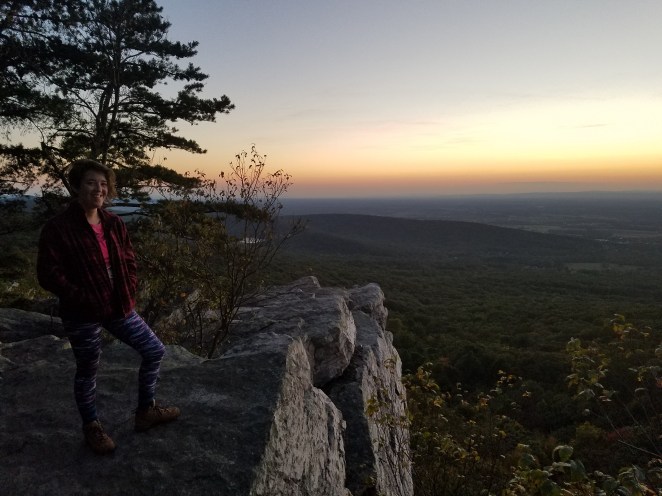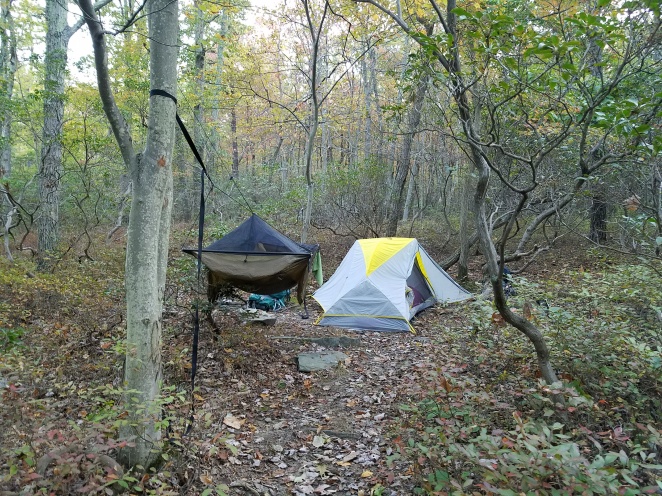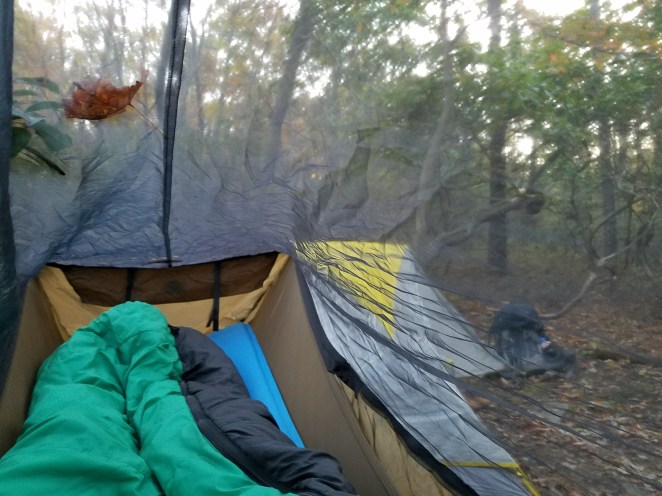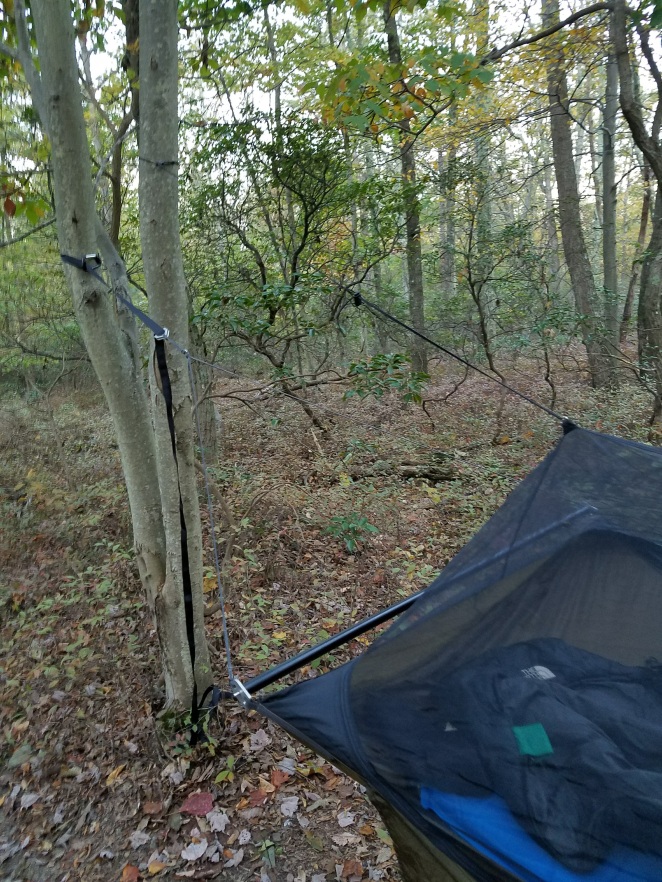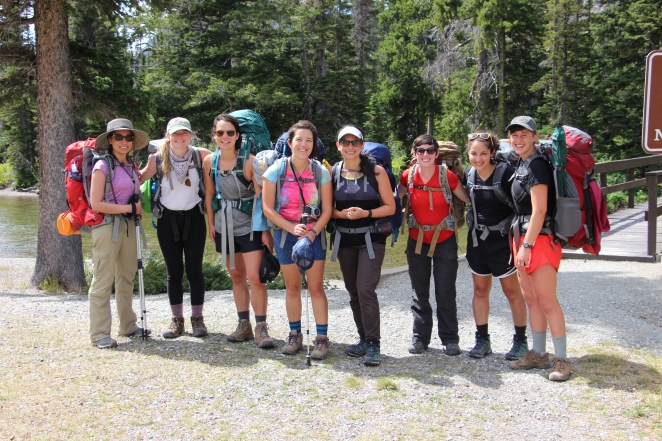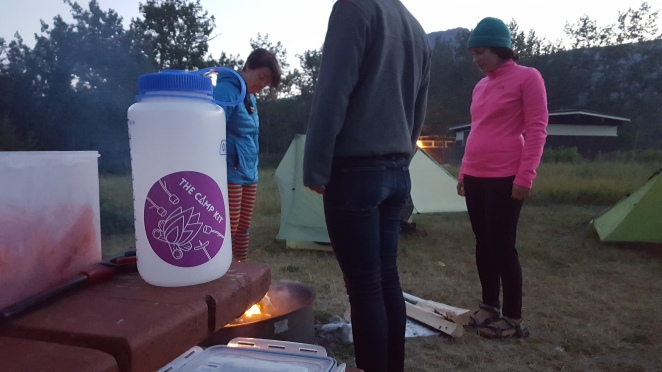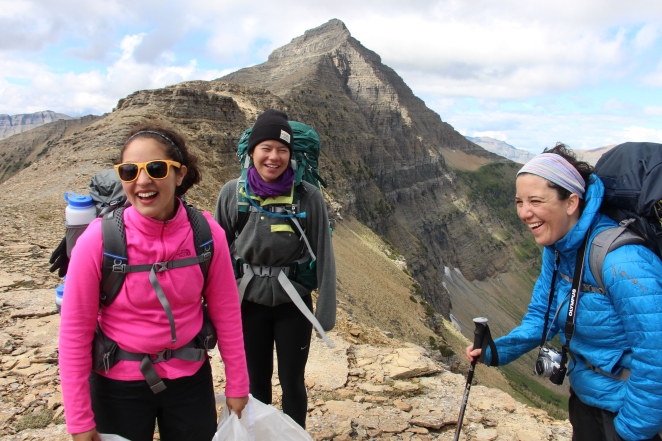Submitted By: Allison Strauss, Board Member
Last summer, as we entered Glacier National Park, Sara (WWW’s Social Media Coordinator) commented on the classic wood welcome sign, “You could watch me grow up through photos with those signs.” Sara’s family, Adventure Pass holders, stopped for a Kodak moment by the welcome sign to every park they visited.
I had something like that too, I realized. You could watch me grow up through photos with my red hat—the knit cap I always bring on outdoors trips because it’s too bright to wear in civilization. Ironically, it hails from the most urban of places, New York City. My mom bought the hat for me from a street vendor for ten bucks, when I was ten years old. Seventeen years later, I’m still wearing it. But only in landscapes too grand for it to compete for attention. Places where it becomes just a cheerful fleck of color.
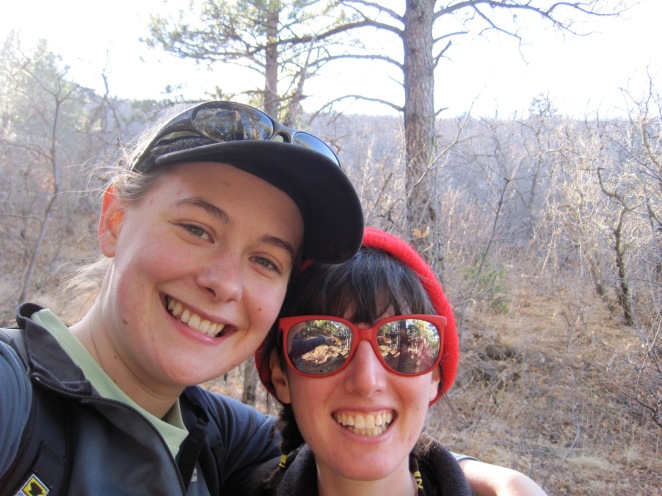
Section 16, Colorado Springs, Colorado
There are two schools of thought on apparel color in the outdoors. One is to wear muted colors and blend in with the scenery, the better to see wildlife. The other is to wear brilliant hues, because while it may be a drawback for wildlife to spot you, people spotting you is probably a good thing. Moreover, the vibrant trend seems related to the expense of new apparel. If The North Face is asking for $200 for a jacket, it had better come in appealing colors.
Because seasoned outdoors-folk already have the gear they need, and often take pride in their old threads, the color war tends to fall along generational lines. I saw this exemplified at breakfast at a hotel in Julian, California, a stopover for Pacific Crest Trail hikers. About six twenty- and thirty-somethings were like a flock of parrots in their neon puffer jackets, jabbering excitedly about their trail experiences. Meanwhile, three or four hikers in their sixties, dressed in well-worn dark fleeces, took their time sipping coffee, hardly speaking at all.
Growing up, my dad took me shopping, and since he’s of the thrifty coffee sipping generation, my outwear has always been navy blue, forest green, black, and brown. I’m still wearing the black fleece I’ve never grown into, and the brown rain shell I can barely fit layers under. (Children’s extra-larges and women’s extra-smalls tend to be a bargain.) But then there’s that red hat.
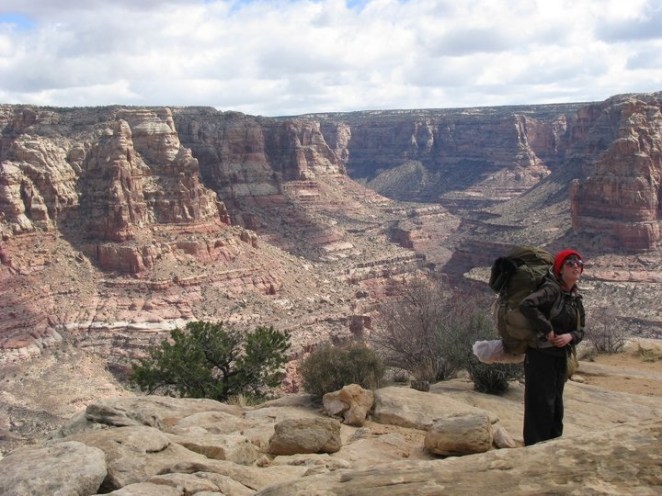
Somewhere in Utah
Looking at my red hat/dark outerwear photos, I’m reminded of those t-shirts that say “Same shirt, different day.” The photos could almost be from the same trip except my face is changing and my hair gets longer and shorter. I wear the hat in different ways through the years—rolled like a skullcap, flipped at the edge and sticking up at the top, full length so it slouches in the back. It’s like that famous photograph of the Hole in the Wall Gang, where all the men are wearing bowler hats, but each at different angle that says everything about their personalities. I don’t know what the variations convey in my case. But no matter what phase I was in, on any given cold night, the red hat was pulled down to my nostrils, my sleeping bag drawn around my chin. In some sense, it has all been one trip.
***
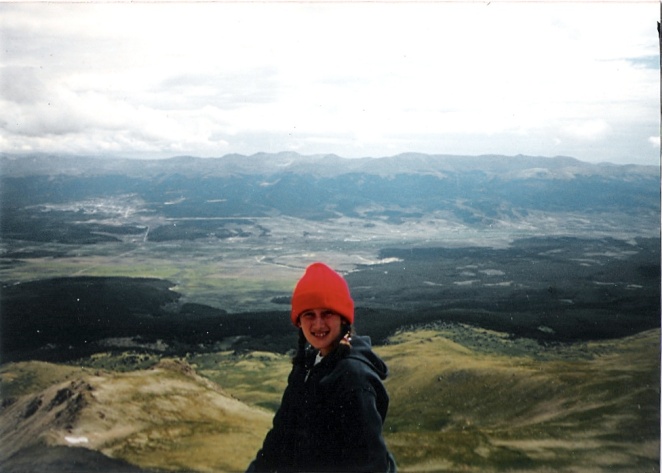
Age 11, summit of Mt. Massive, Colorado 2001
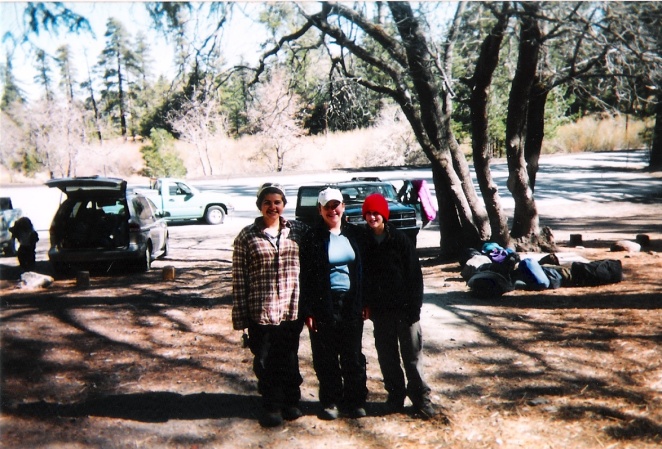
Age 13, Appletree Campground, Angeles National Forest, California 2003

Age 14, Angeles National Forest, California 2004
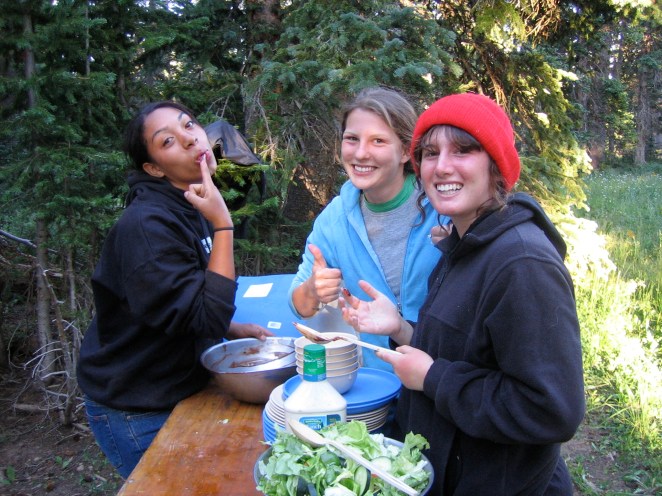
Age 16, La Sal Mountains, Utah 2006
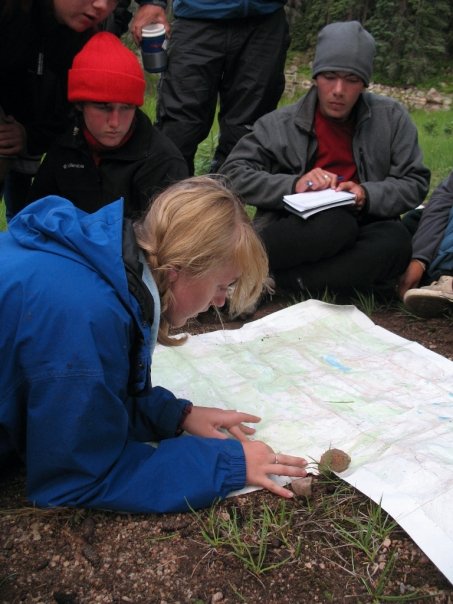
Age 17, Weminuche Wilderness, Colorado 2007
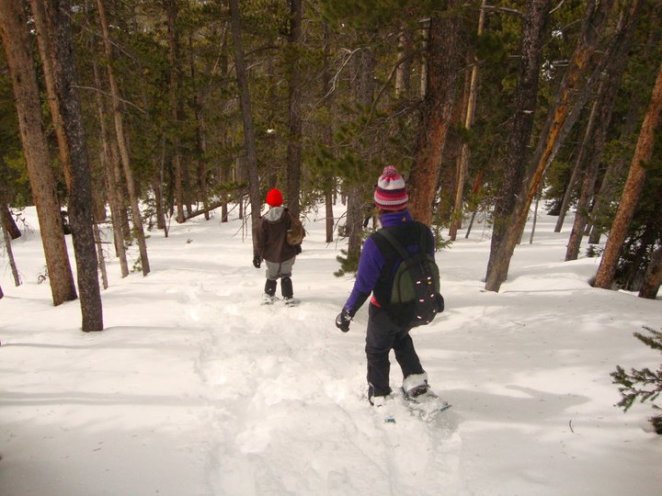
Age 20, near Woodland Park, Colorado 2011
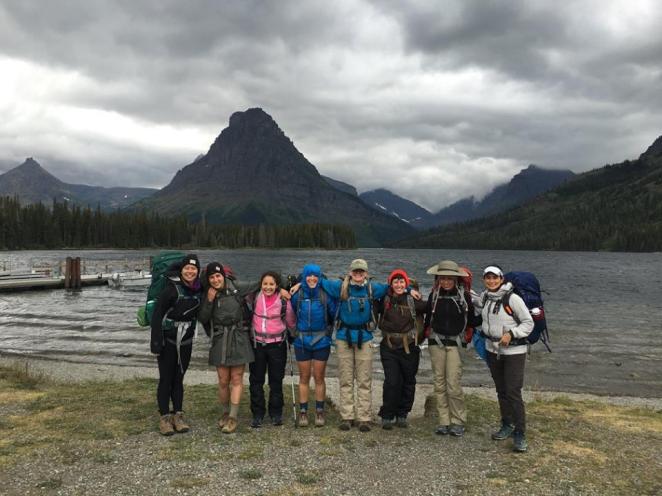
Age 26, Two Medicine Lake, Glacier National Park, Montana 2016
I’m the one in the red hat.


